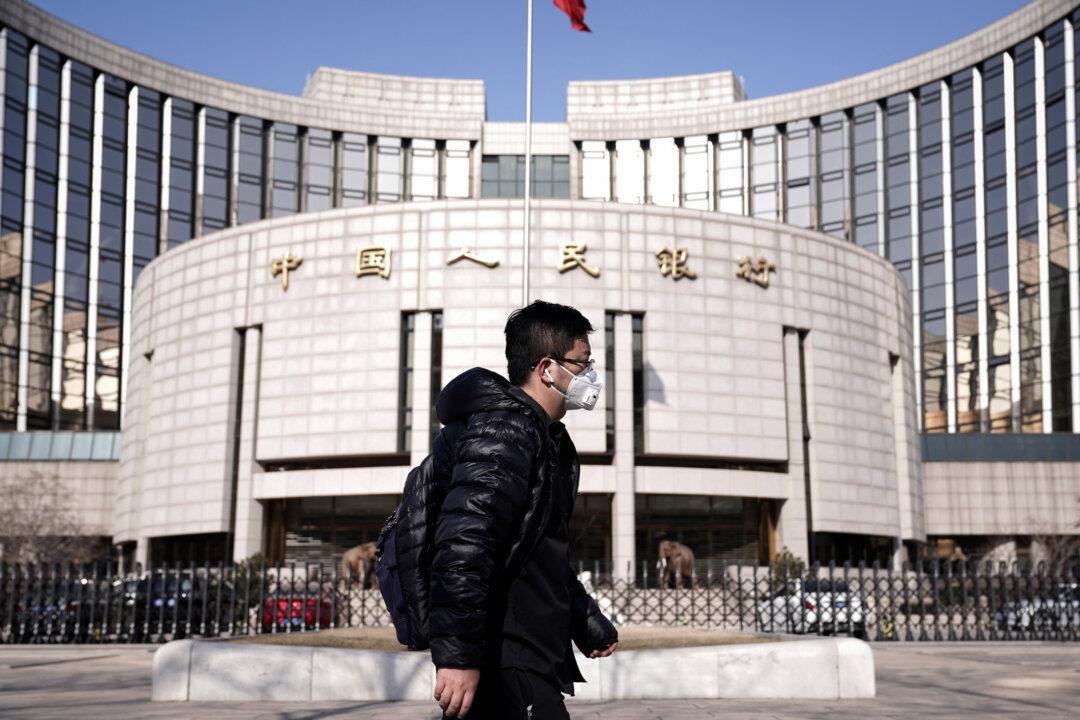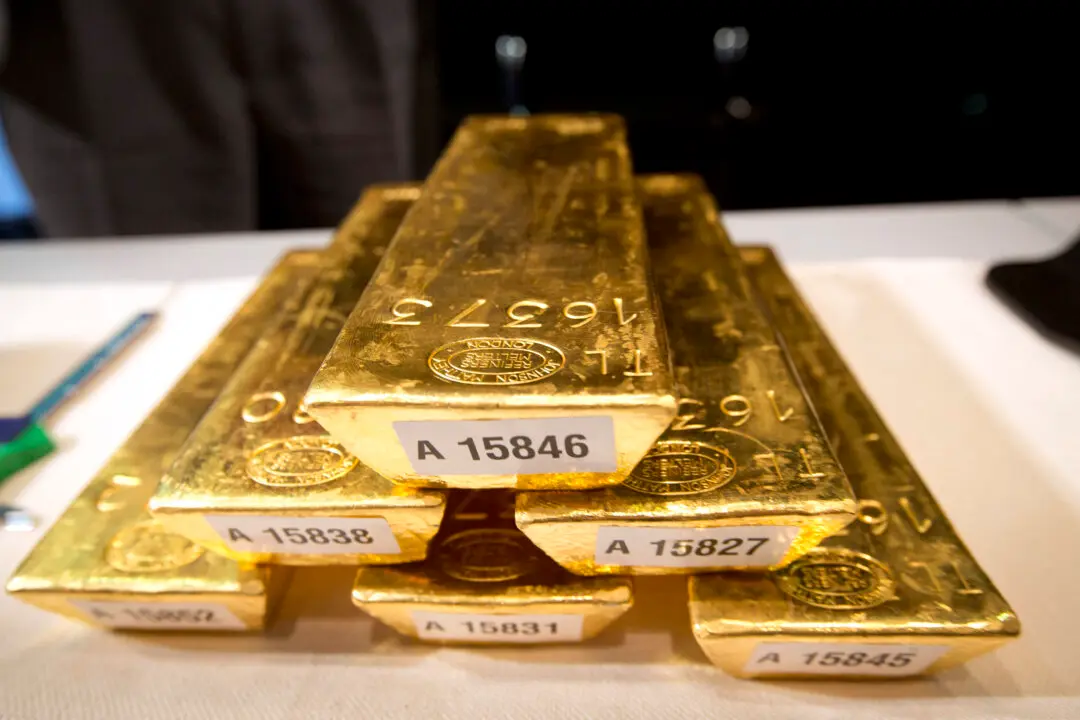Against the backdrop of a strengthening U.S. dollar and a continuous decline in the Chinese yuan’s exchange rate against the dollar, China’s central bank, the People’s Bank of China (PBOC), has implemented a policy of gradual yuan depreciation, drawing significant attention. Since the beginning of the year, the yuan has depreciated by 2.1 percent against the dollar.
The PBOC has long tightly controlled the exchange rate of the yuan against major world currencies, such as the U.S. dollar.





